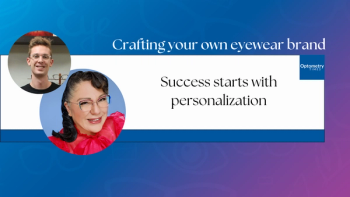
Technology aids eye health studies
New tools to identify and study genes and proteins may help to eradicate not only contact lens infections, but infections in general.
A 2008 recipient of a Grand Challenges Explorations grant from the Bill & Melinda Gates Foundation to explore innovative research that could impact global health, Dr. Fleiszig gave the Korb Award Lecture of Excellence at the American Optometric Association meeting in Orlando in June.
When she began her research on contact lens infections while a PhD candidate at the University of Melbourne, Australia, in the late 1980s, Dr. Fleiszig expected she would soon "solve" the problem. By the time she earned her degree, Dr. Fleiszig had many more questions than when she started. Over the years, her lab has made a number of important discoveries, and it could be that at least a few of the long-sought answers are in reach.
One thing Dr. Fleiszig and her team have learned is that Pseudomonas aeruginosa strains can invade corneal epithelial cells and replicate inside them. In addition, they discovered that during infection, the cell's plasma membrane forms a bleb in which the bacteria continue to replicate.
These blebs can pinch off and float away, which appears to be a dissemination strategy not yet reported for any other organism. It has also been learned that P. aeruginosa clinical isolates come in two forms, invasive and cytotoxic strains, and that cytotoxic strains can inject a toxin that can explode corneal cells.
Given these traits, an important question is why most people do not get infections from this opportunistic bacterium, which is widely distributed in the environment. This question forms the basis of Dr. Fleiszig's novel approach to contact lens infections, which focuses on the defenses or health-related factors that pose barriers to infection rather than on the defense mechanisms that spring into action once infection occurs.
Newsletter
Want more insights like this? Subscribe to Optometry Times and get clinical pearls and practice tips delivered straight to your inbox.
















































.png)


